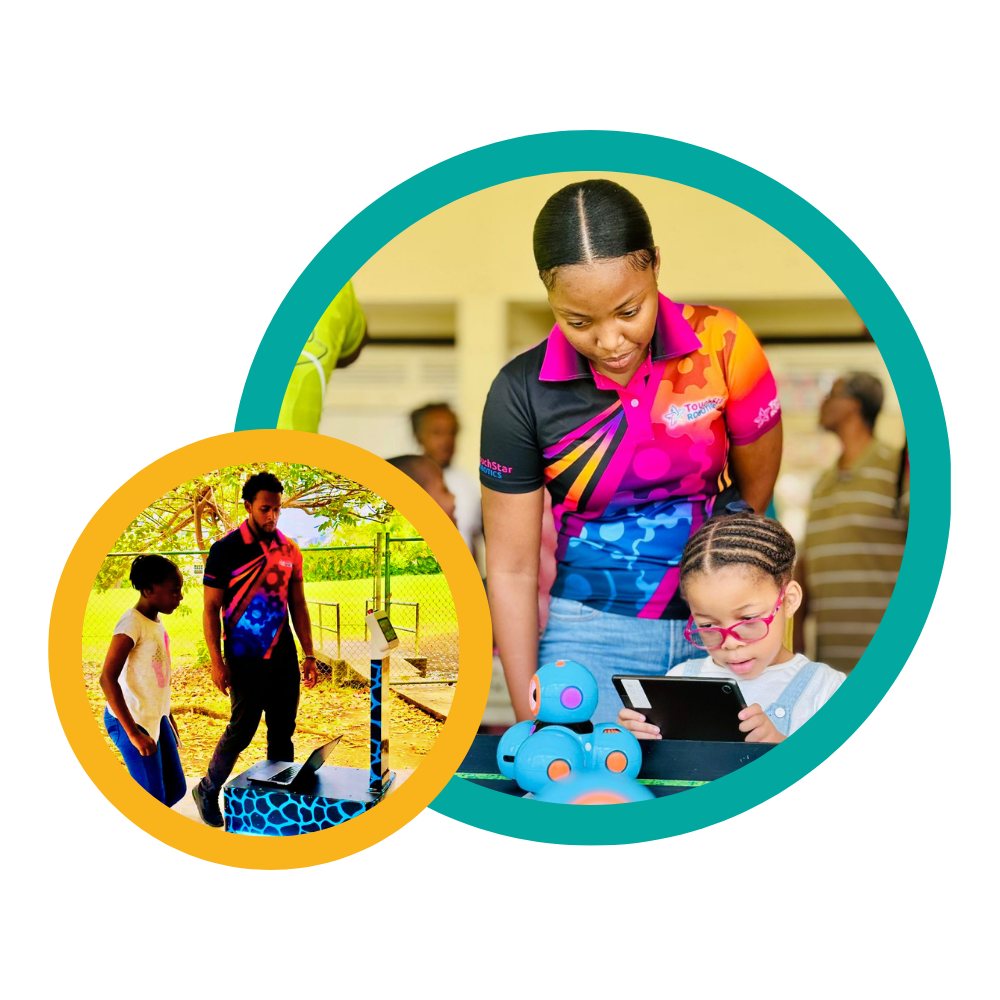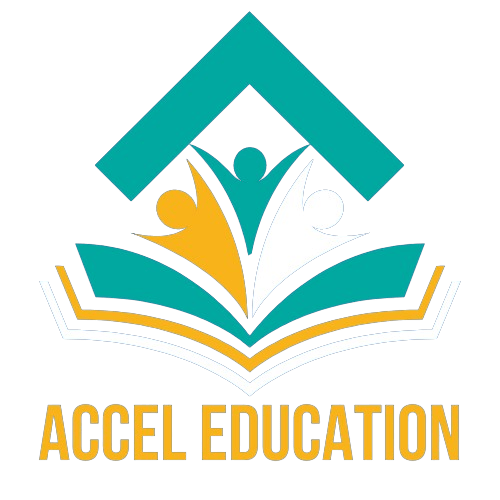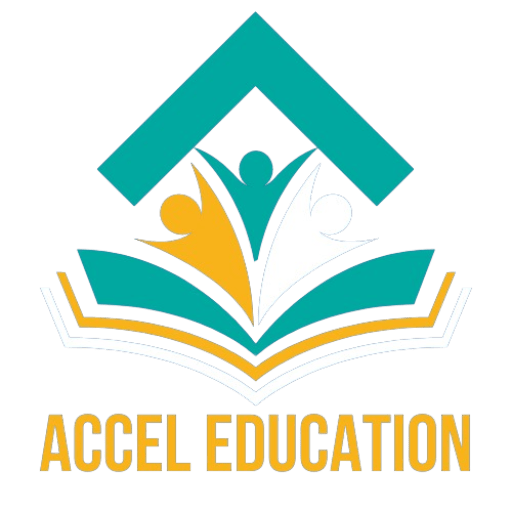What Accel Education Brings to Your School
Accel Education brings hands-on STEM, robotics, and coding programs directly to your classrooms. We create engaging, interactive learning experiences that help students develop problem-solving skills, teamwork, and confidence with technology. By combining creativity with real-world applications, we prepare students for the future of work while making learning fun and impactful.

Designed for Young Minds
Interactive Learning with Robotics and Code
At Accel Education, we believe the best way to learn is by doing. Our robotics and coding programs immerse students in hands-on activities that bring abstract concepts to life. From building and programming robots to solving real-world challenges, students develop problem-solving, teamwork, and critical thinking skills in a fun and engaging way.
Designed for learners ages 7 to 16, our curriculum grows with students, starting from simple coding fundamentals and advancing to more complex robotics and design thinking. Every activity encourages creativity, collaboration, and resilience, helping students build confidence while discovering how technology shapes the world around them.
By blending play with purpose, Accel Education empowers young minds to not only use technology but to create with it, unlocking their potential as future innovators, leaders, and problem-solvers.
Built for Progress
Program Structure & Sequence
Our programs are carefully structured to guide students step by step as they grow. Each level is designed with age-appropriate lessons that build on prior knowledge, helping students progress from foundational skills to more advanced problem-solving and coding. Through this sequence, children gain confidence while developing the creativity and technical skills needed for future learning.
Level B - Infants B & J1
Students re-familiarize themselves with Dash through fun recap challenges using sequences, lights, sounds, and movement.
Introduce simple conditionals using real-life examples and basic coding logic like “If button A is pressed, then...”.
Reinforce the use of loops to simplify repeated actions in coding. Practice with patterns, songs, and movement.
Explore event-based coding by having Dash respond to triggers like button presses or start blocks.
Work in small teams to complete Dash missions. Emphasize teamwork, communication, and shared problem-solving.
Combine coding and creativity. Students program Dash to act out a mini story using sounds, lights, and movement.
Introduce debugging and improvement. Students revisit and refine their code for better results.
Present final projects to the class. Give and receive peer feedback, and reflect on growth during the term.
Level C - J2
Students complete fun recap tasks that highlight sequencing, loops, and problem-solving. Introduce the concept of debugging to fix errors in code.
Explore more advanced loop structures—loops within loops—and how they simplify complex repetitive tasks.
Introduce "when" events (e.g., when button is pressed, when object is touched). Students use triggers to activate different behaviors in Dash.
Explain what a variable is (e.g., score, number of steps) and explore simple variable use in coding with Dash or unplugged activities.
Use Dash’s sensors (if available) or simulated conditions to react to surroundings—e.g., avoid walls, stop when near an object.
Students brainstorm, sketch, and plan their own Dash-based project. Focus on teamwork, creativity, and goal setting.
Students build and refine their group projects using coding knowledge, testing frequently and making improvements.
Students present their projects, explain their code, and receive feedback. Celebrate achievements and reflect on learning.
Level D - J3 & J4
Focus on identifying and fixing errors. Teach how to streamline and improve existing code for efficiency and clarity.
Deepen algorithmic thinking—students plan and diagram multi-step solutions before coding them.
Introduce custom blocks or functions. Students group actions together and reuse them to simplify code.
Explore compound conditions (e.g., if A and B happen). Use these to make Dash react in more specific ways.
Incorporate Dash’s sensors (distance, sound, etc.) or use simulated inputs to create interactive, responsive programs.
Students identify real-life problems Dash can help with, and begin planning solutions using design thinking principles.
Apply advanced coding concepts while building. Focus on testing, debugging, and refining.
Students present their completed projects, explain their design and coding process, and engage in structured peer feedback.
Montessori Students - After School
Free exploration with Dash; guided play using Dash’s sounds, lights, and movements.
Story-based coding: students help Dash complete a fairy tale or daily routine using step-by-step actions.
Learn what a loop is through clapping games, then program Dash to repeat a movement.
Use simple conditions like “If you press button A, then Dash turns” – real-world and coding examples.
Use Dash’s lights and sounds to create a performance with sequencing and repeat blocks.
Students sequence Dash to go around cones or blocks with start-to-end planning.
Use loops, sound, and movement to choreograph a Dash dance routine.
Students present what they’ve built — dance, journey, or story — with Dash to peers and teachers.
Primary Students - After School
Explore Dash’s features and Blockly interface through fun trial-and-error challenges.
Design step-by-step programs to get Dash from point A to B with precision.
Use loop blocks to reduce repeated code — build patterns in movement and light.
Create branching logic: “If Dash sees red, then turn.” Use buttons or props for decisions.
Work in teams to plan and code Dash through a floor maze. Focus on breaking down multi-step algorithms.
Use recycled materials to design a themed look for Dash, then code an intro sequence.
Plan and program a short Dash story or task using all learned concepts.
Present final Dash project — narrate flow, explain coding, and reflect on improvements.
Important Links
Resources
Privacy Policy
Terms of Service
Contact Us
Building #8, Harbour Industrial Estate Harbour Rd, Bridgetown
1 (246) 427-7827
© 2024 Accel Education. All Rights Reserved.

